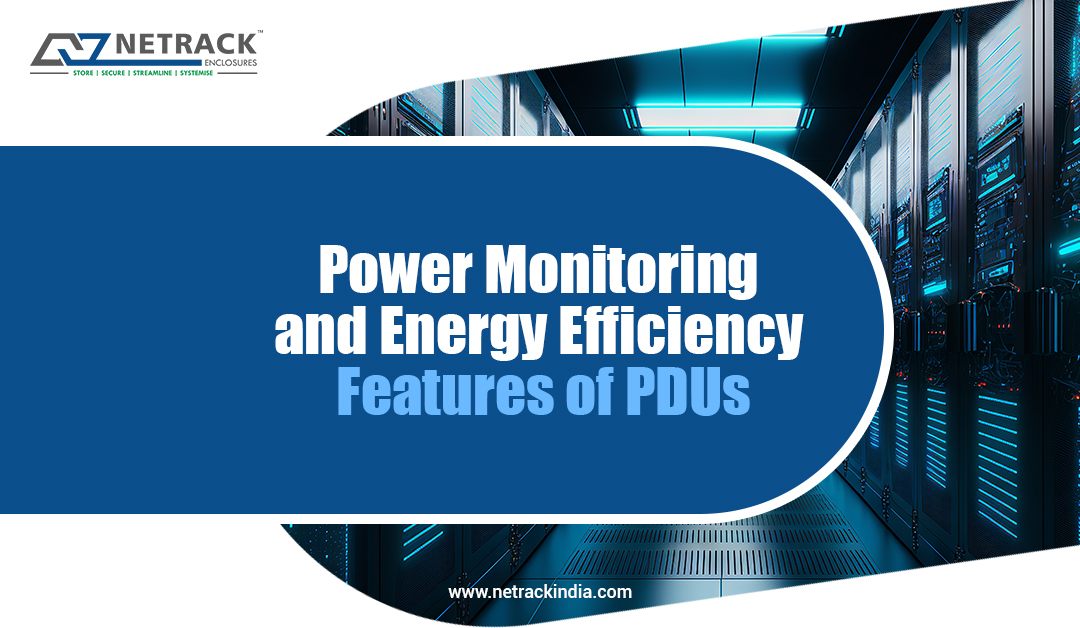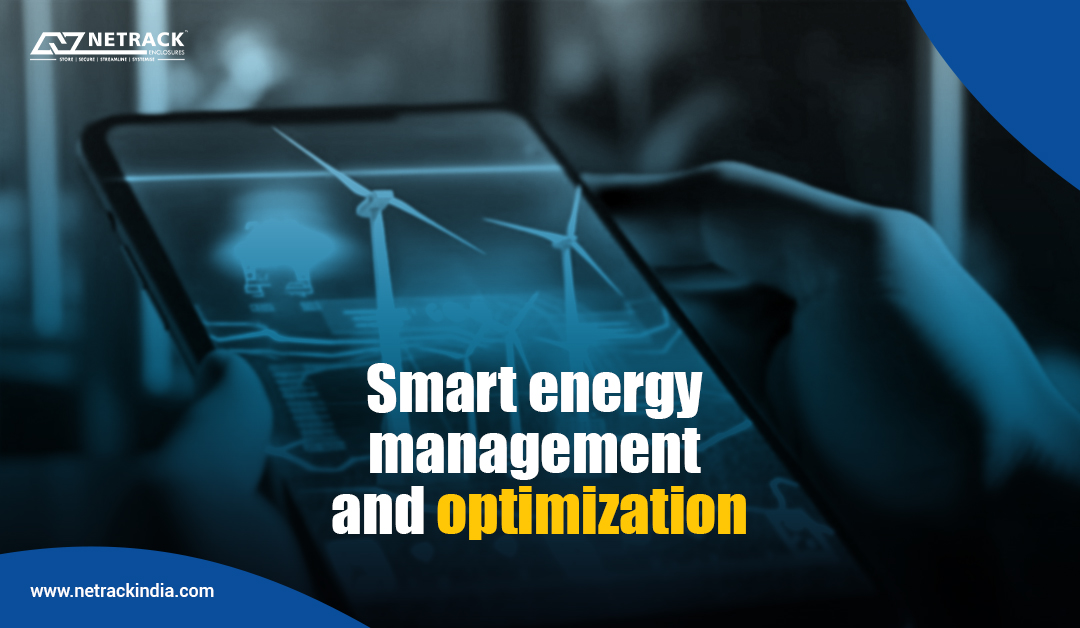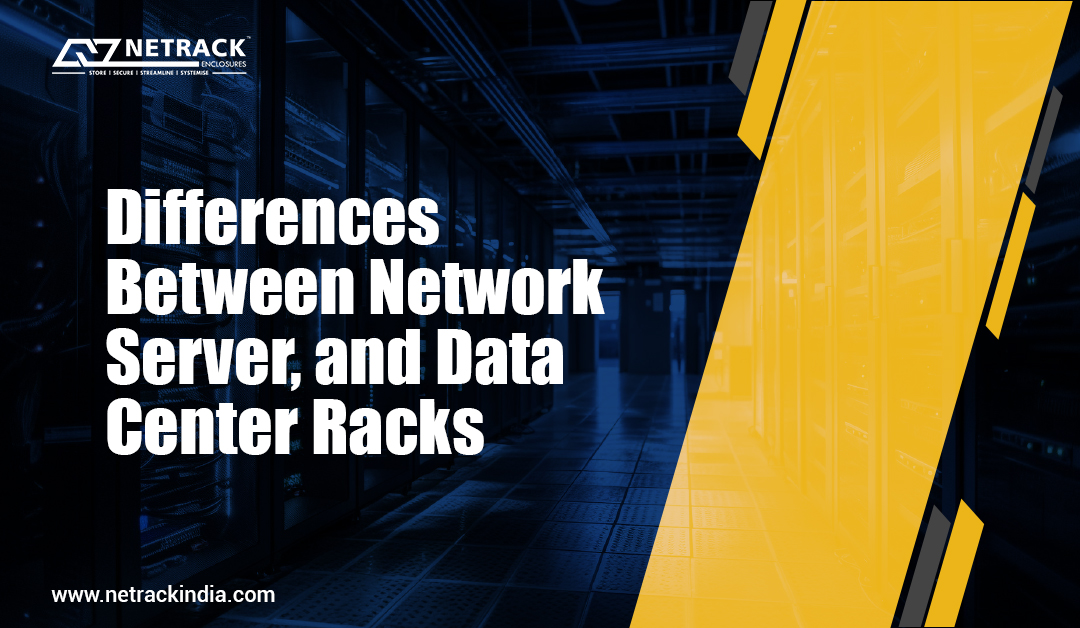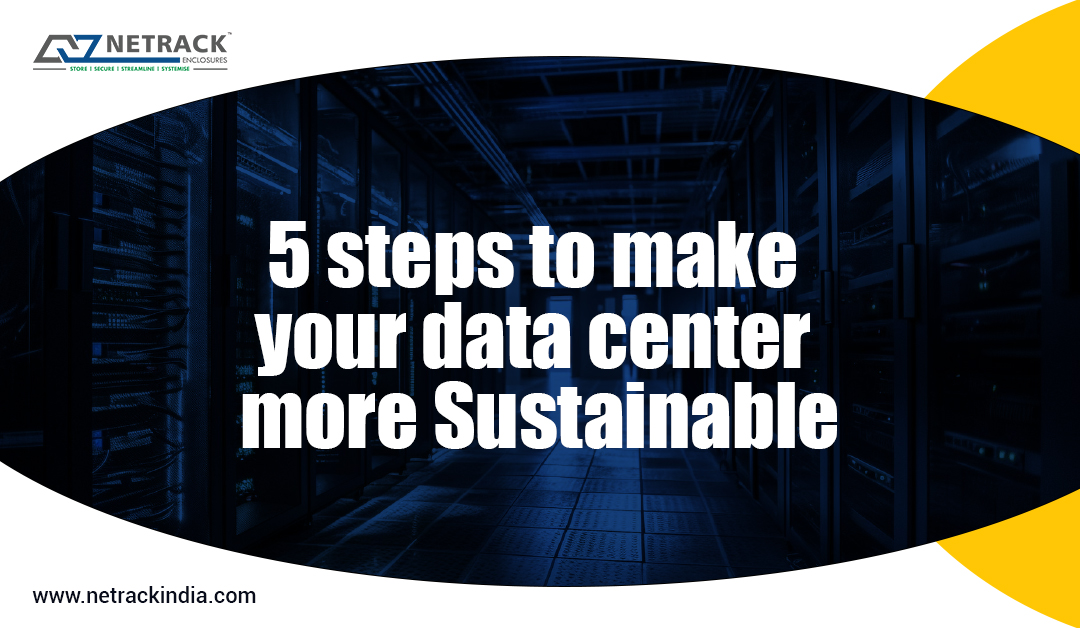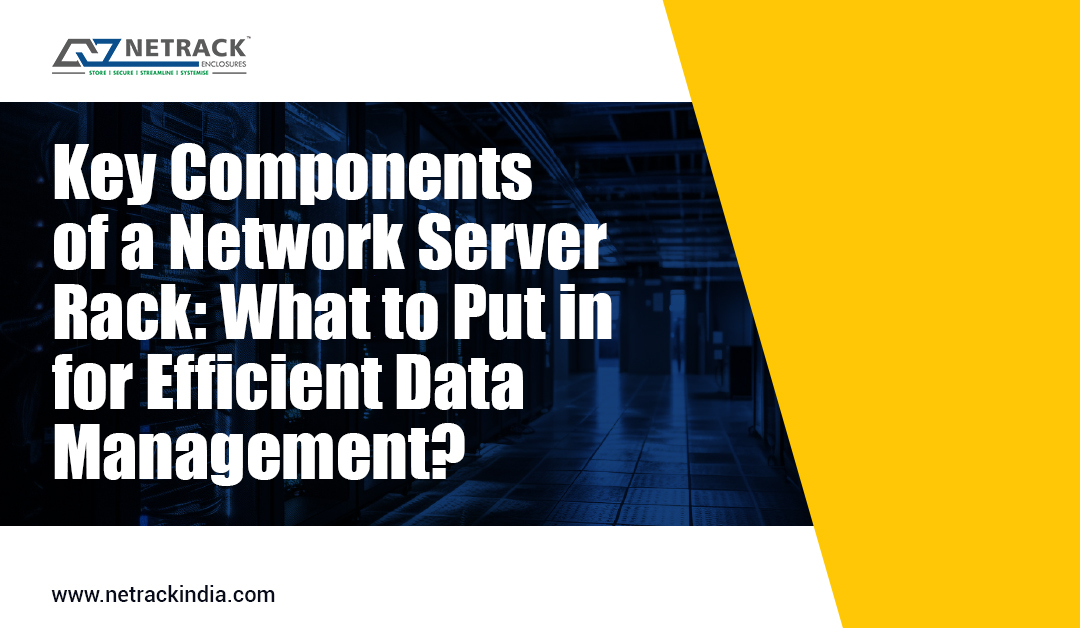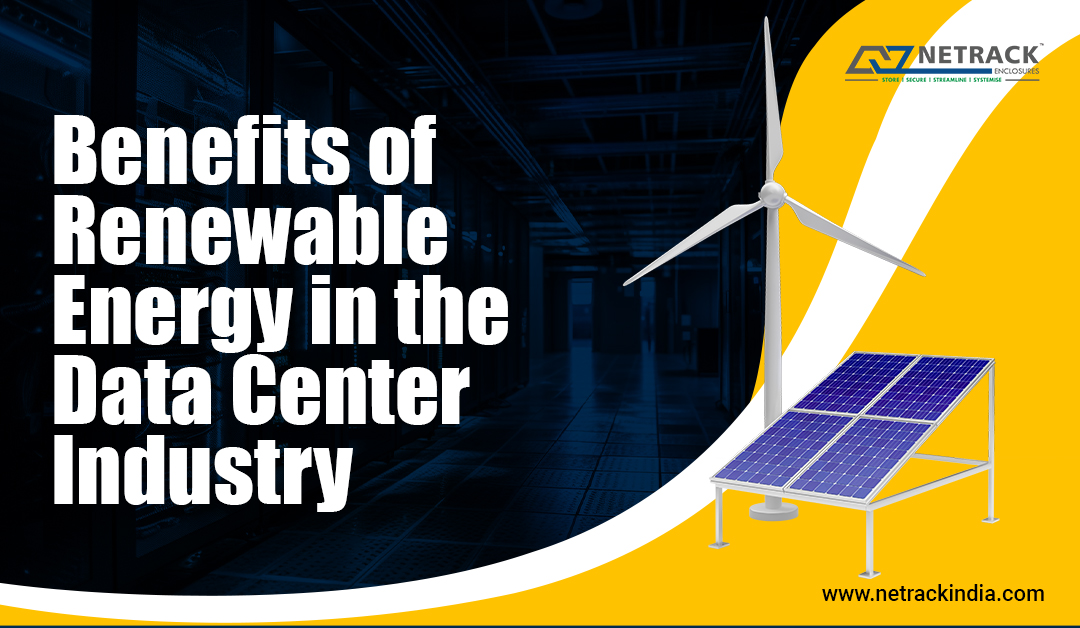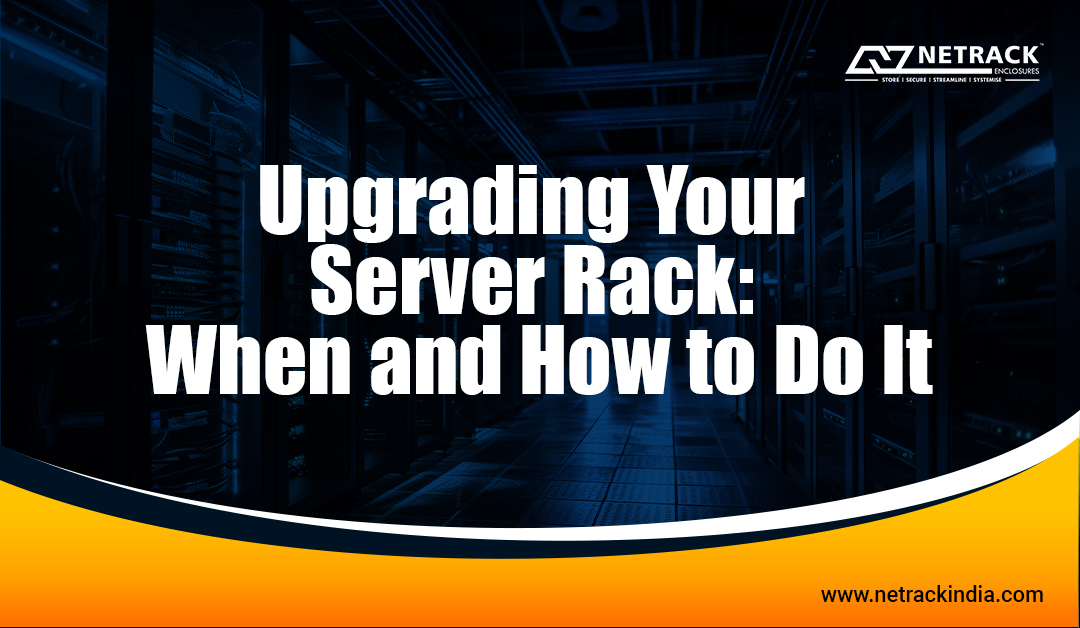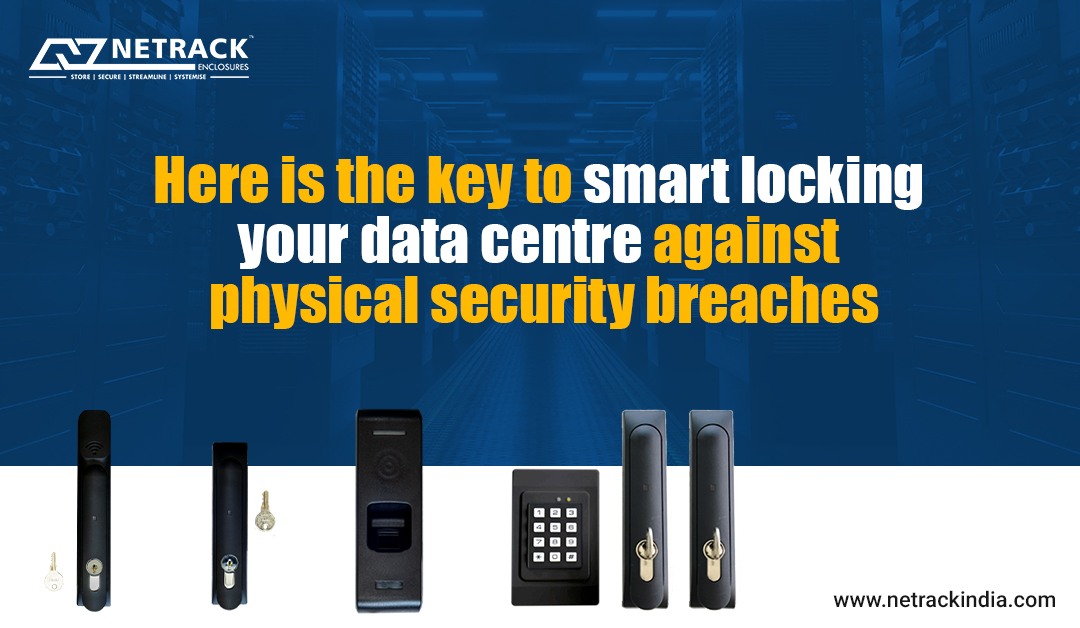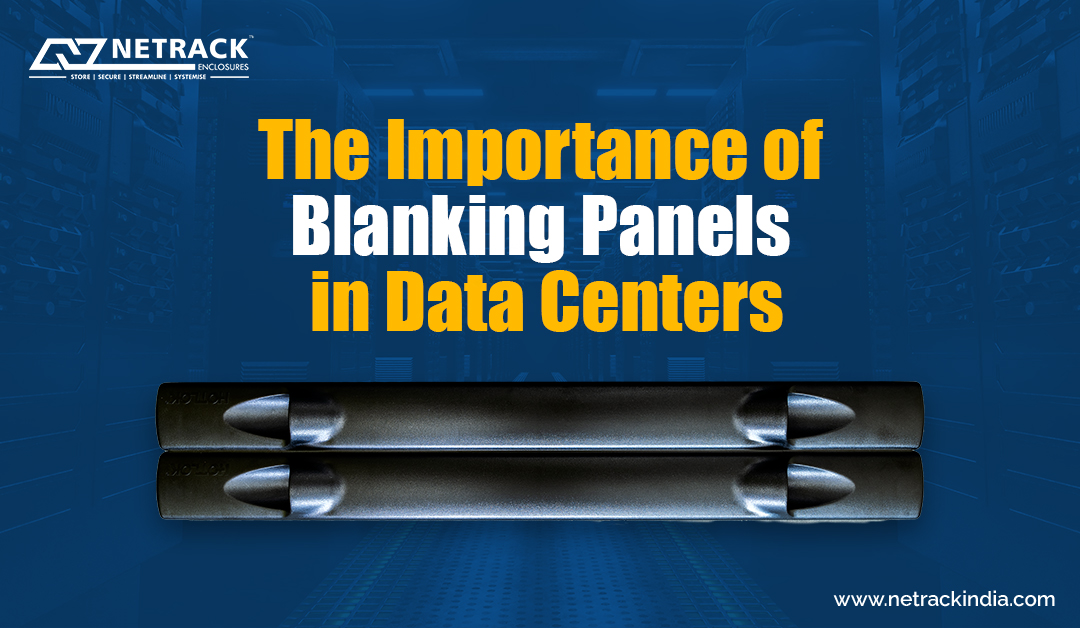Benefits and challenges of co-location in a hybrid cloud architecture
The IT infrastructure is evolving at a rapid pace with each passing year. Here, the concept of co-location has become a boon, which emerged as a critical factor in hybrid cloud architecture. It is the bridge that connects the best of both worlds in hybrid cloud environments, enabling businesses to leverage the scalability of public clouds while maintaining complete control of access to critical data and applications and making them secured from cyber threats. Benefits of co-location racks in a hybrid cloud architecture Co-location houses private servers and networking equipment in a third-party data center. This is both beneficial as well as challenging considering the evolving data center ecosystem. In this regard it must be mentioned that Netrack being the pioneer in rack manufacturing, designed and manufactured high-quality rack enclosures as per the requirement. In fact, Netrack understands the need of
Read More

